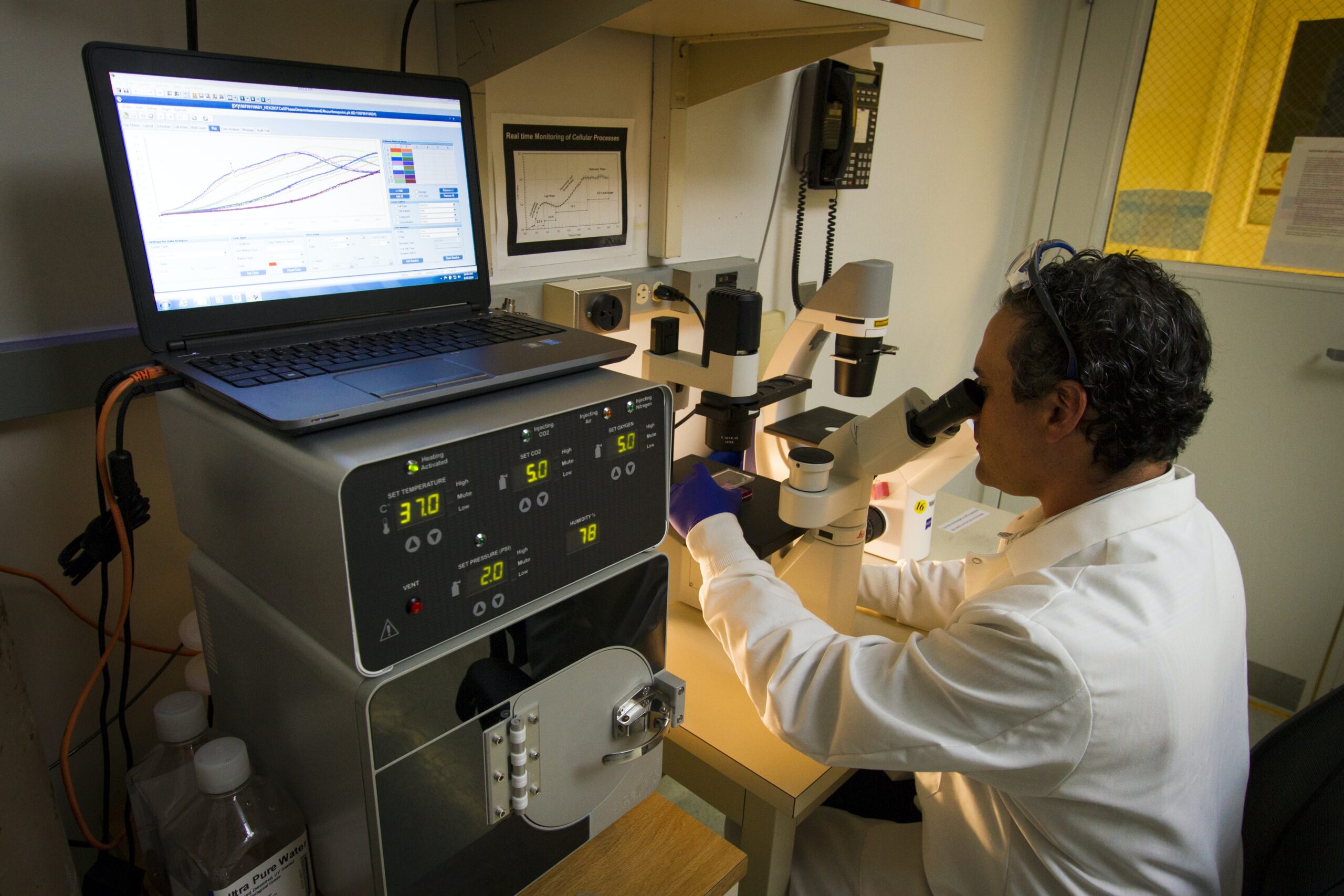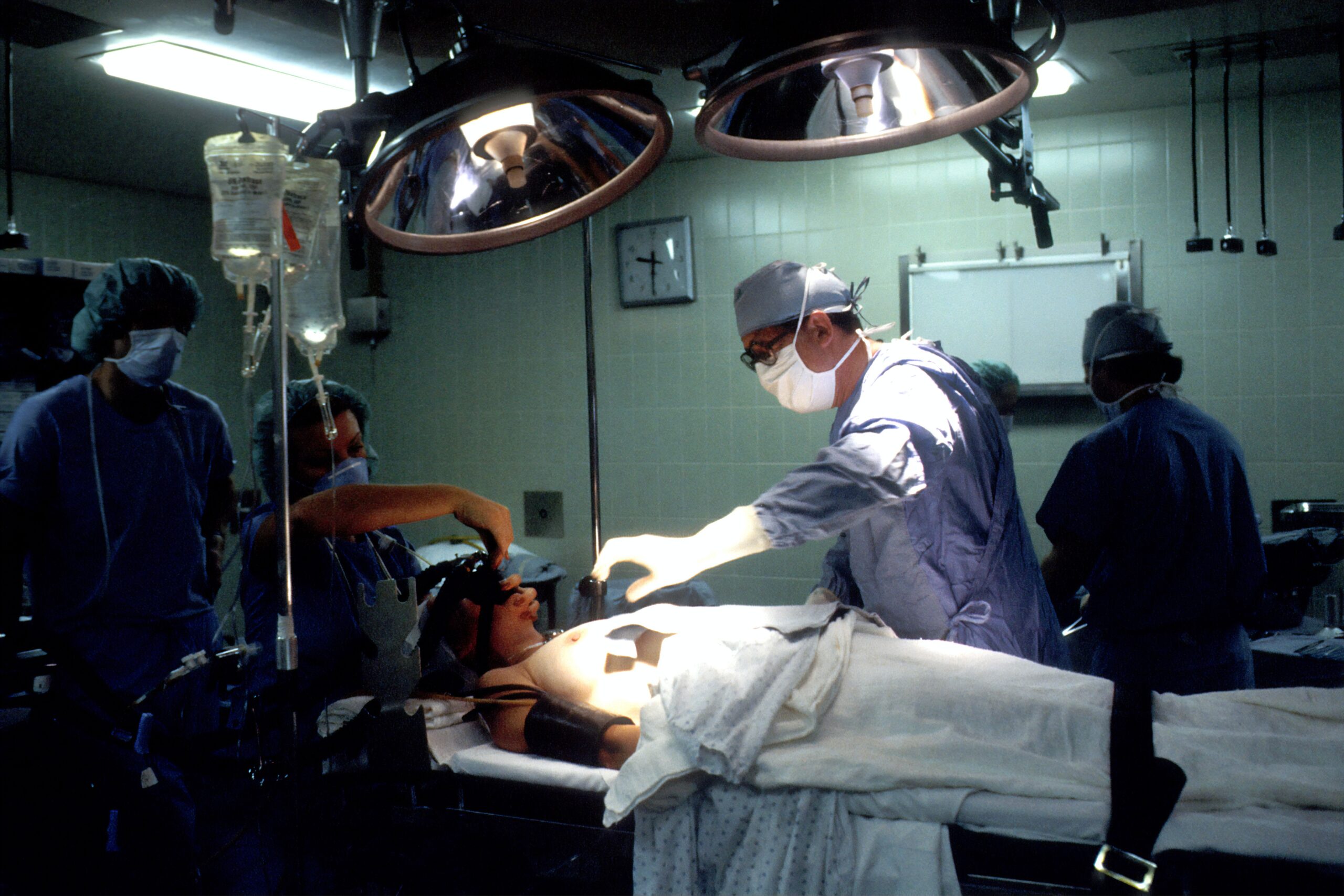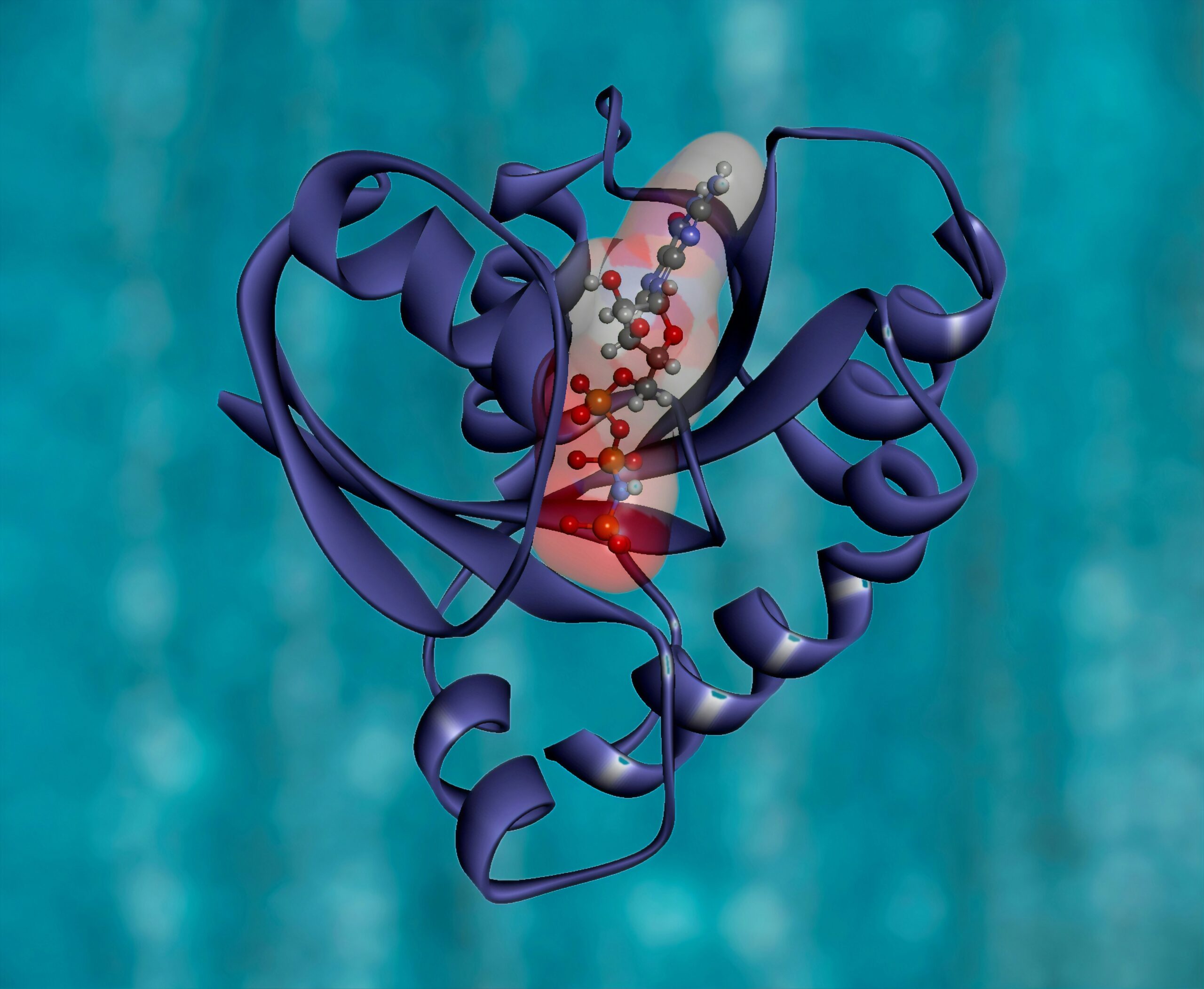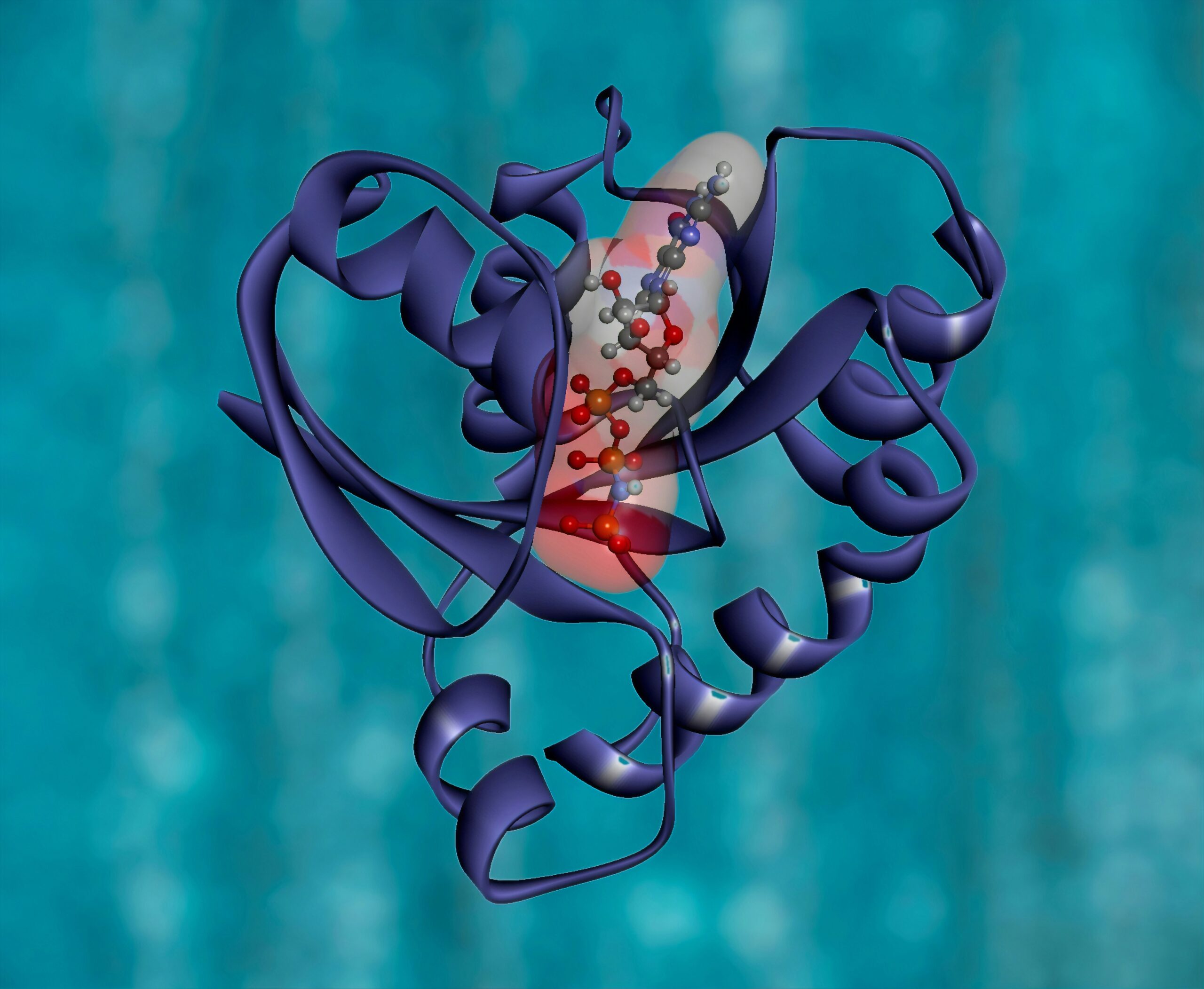Imagine waking up one morning to use the bathroom and noticing an unusual odor in your urine. While it may be easy to dismiss it as something you ate or drank, it’s worth considering the potential implications. Could smelly urine be a symptom of prostate cancer? In this article, we will explore this topic and shed light on whether there is a connection between smelly urine and this common form of cancer. So, if you’ve ever wondered whether your sense of smell could be a potential indicator of prostate cancer, read on to find out more.

Understanding Prostate Cancer
Prostate cancer is a condition that affects the prostate gland, a small gland located just below the bladder. It occurs when the cells in the prostate start to grow and divide uncontrollably, forming a tumor. Prostate cancer is one of the most common types of cancer among men, but with early detection and proper treatment, it can be effectively managed.
Definition of Prostate Cancer
Prostate cancer is characterized by the abnormal growth of cells in the prostate gland. This can lead to the formation of tumors that can interfere with the normal function of the gland. If left untreated, prostate cancer can spread to other parts of the body and become life-threatening. It is essential to understand the risk factors and signs and symptoms associated with this condition to ensure timely detection and appropriate intervention.
Who is at risk?
While the exact cause of prostate cancer is unknown, certain risk factors have been identified. Age is a significant risk factor, with most cases occurring in men above the age of 65. Family history also plays a role, as men with close relatives who have had prostate cancer are at a higher risk. Additionally, race and ethnicity can contribute to the likelihood of developing prostate cancer, with African-American men having a higher incidence rate. Other risk factors include obesity, a diet high in red meat and dairy products, and exposure to certain chemicals.
Common signs and symptoms of prostate cancer
It is crucial to be aware of the signs and symptoms associated with prostate cancer, as early detection can greatly improve the prognosis. However, it is important to note that many of these symptoms can also be caused by non-cancerous conditions. Some common signs of prostate cancer include difficulty urinating, frequent urination, blood in the urine or semen, pain or discomfort during urination or ejaculation, and erectile dysfunction. If you experience any of these symptoms, it is essential to consult with a healthcare professional for further evaluation.
The Prostate and Urination
The prostate plays a vital role in the urinary system, particularly in the process of urination. Located just below the bladder, the prostate surrounds the urethra, the tube responsible for carrying urine from the bladder out of the body. The prostate gland produces a fluid that helps nourish and protect sperm. During urination, the muscles of the prostate contract, aiding in the expulsion of urine from the bladder. Any issues affecting the prostate can impact urination.
How Prostate problems can affect urination
When the prostate becomes enlarged or develops tumors, it can exert pressure on the urethra, leading to various urinary symptoms. Enlarged prostate, known as benign prostatic hyperplasia (BPH), is a non-cancerous condition that commonly affects older men. It can cause symptoms like increased frequency of urination, hesitant or weak urine flow, and the need to strain to initiate urination. Prostate cancer can also disrupt the normal urinary function, resulting in similar symptoms. It is essential to differentiate between these conditions for an accurate diagnosis and appropriate treatment.
Common Causes of Smelly Urine
The smell of urine can vary depending on several factors, including diet, hydration levels, and underlying medical conditions. Certain foods, such as asparagus or coffee, can temporarily cause urine to have a strong odor. Dehydration can also concentrate urine and make it smell stronger than usual. However, persistent or foul-smelling urine can be a sign of an underlying issue. It is important to understand the potential causes of smelly urine to determine if it is related to prostate cancer or another condition.
Overview of urine smell and color
Normal urine typically has a faint odor that is not offensive. The color of urine can range from pale yellow to deep amber, depending on hydration levels. However, certain medical conditions can cause urine to have a distinctive smell. For example, a urinary tract infection (UTI) can give urine a strong, foul odor. Similarly, uncontrolled diabetes or certain metabolic disorders can result in a sweet or fruity smell in the urine. If you notice a persistent change in the smell or color of your urine, it is advisable to seek medical attention for further evaluation.
Dietary and lifestyle influences
Your diet and lifestyle choices can impact the smell of your urine. Certain foods, such as garlic, onions, or spices, can be metabolized by the body and excreted in the urine, causing a temporary change in odor. Dehydration can also affect the concentration of waste products in the urine, leading to a stronger smell. Moreover, excessive consumption of alcohol or caffeine can irritate the bladder and contribute to changes in urinary odor. Maintaining a balanced diet, staying hydrated, and moderating alcohol and caffeine intake can help minimize these effects.
Non-cancerous medical conditions associated with smelly urine
There are several medical conditions unrelated to cancer that can cause smelly urine. Urinary tract infections (UTIs) are a common cause, as bacteria in the urinary tract can release strong-smelling byproducts. Chronic kidney disease, liver disease, and certain metabolic disorders can also result in changes in urine odor. Additionally, some medications or dietary supplements can alter the smell of urine. It is essential to address these conditions promptly to prevent complications and alleviate symptoms.
Can prostate cancer cause smelly urine?
While smelly urine is not typically considered a common symptom of prostate cancer, it is possible for the condition to contribute to changes in urinary odor. Prostate cancer can interfere with the normal functioning of the prostate gland, leading to urinary symptoms such as frequent urination, difficulties in starting or stopping urination, or the presence of blood in the urine or semen. These changes can indirectly impact the smell of urine. It is important to consult with a healthcare professional for a comprehensive evaluation if you have concerns about prostate cancer or changes in urinary odor.
Scientific research and evidence
Scientific research on the connection between prostate cancer and urinary symptoms, including changes in urine odor, is ongoing. While smelly urine is not a specific indicator of prostate cancer, it is crucial to consider all possible symptoms and consult with a healthcare professional for an accurate diagnosis. Healthcare providers rely on a combination of medical history, physical examinations, and diagnostic tests to identify and monitor prostate cancer. It is recommended to follow their guidance and advice to ensure the best possible outcomes.

The interplay between prostate cancer and urinary tract infections
Urinary tract infections (UTIs) and prostate cancer can have overlapping symptoms, including changes in urinary odor. UTIs occur when bacteria enter the urinary tract and cause an infection. Prostate cancer, on the other hand, can obstruct the urinary tract or weaken the immune system, making it more susceptible to infections. In some cases, a urinary tract infection may be the first sign of prostate cancer. It is essential for individuals experiencing persistent urinary symptoms, such as smelly urine, to seek medical evaluation to determine the underlying cause and appropriate treatment.
Other Urinary Symptoms of Prostate Cancer
Prostate cancer can present with various urinary symptoms, which can vary depending on the stage and progression of the disease. Some of these symptoms include an increased frequency of urination, difficulties in starting or stopping urination, pain or discomfort during urination or ejaculation, and the presence of blood in the urine or semen. These symptoms can be unsettling, but it is important to remember that they can also be caused by non-cancerous conditions. Consulting with a healthcare professional and undergoing appropriate diagnostic tests is crucial for accurate diagnosis and timely intervention.
The Role of the Prostate-Specific Antigen (PSA) Test
The prostate-specific antigen (PSA) test is a blood test commonly used to screen for prostate cancer. PSA is a protein produced by the prostate gland that can be detected in the bloodstream. Elevated levels of PSA can indicate the possibility of prostate cancer, although further diagnostic tests are necessary for confirmation. While the PSA test can be helpful in identifying potential cases of prostate cancer, it is not without limitations and controversy, as discussed below.
What is the PSA test?
The PSA test measures the levels of prostate-specific antigen in the blood. It involves collecting a small blood sample and sending it to a laboratory for analysis. A PSA level of 4 ng/mL or higher is generally considered abnormal and may warrant further investigation. However, it is important to note that PSA levels can vary due to factors such as age, prostate size, and certain medications. The PSA test is often used as an initial screening tool, but its results must be interpreted in conjunction with other clinical findings.
Link between PSA levels and prostate cancer
Elevated PSA levels can be an indication of prostate cancer, but they can also be caused by other conditions, such as benign prostatic hyperplasia (BPH) or inflammation of the prostate. While a higher PSA level increases the likelihood of prostate cancer, it is not a definitive diagnostic tool. Further testing, such as a prostate biopsy, is needed to confirm the presence of cancer cells. It is essential to consider other factors, such as age, family history, and overall health, when interpreting PSA test results to make informed decisions about further evaluation and treatment.
The controversy surrounding the PSA test
The PSA test has generated controversy due to concerns over false positives and overtreatment. False positives can occur when elevated PSA levels are caused by non-cancerous conditions, leading to unnecessary anxiety and invasive procedures for the patient. Additionally, the PSA test may detect slow-growing or non-aggressive forms of prostate cancer that may not require immediate treatment. This can result in overtreatment, with potential side effects and complications. Healthcare professionals often take an individualized approach, considering a patient’s risk factors and preferences when deciding whether to recommend the PSA test and subsequent interventions.

Prostate Cancer Diagnosis
Diagnosing prostate cancer involves a comprehensive evaluation that takes into account various factors, including medical history, physical examinations, and diagnostic tests. During a medical history assessment, the healthcare provider will inquire about symptoms, risk factors, and family history. A digital rectal examination (DRE) is commonly performed to assess the size and condition of the prostate gland. Additional diagnostic tests, such as imaging studies (MRI or CT scans) or a prostate biopsy, may be recommended to determine the presence and extent of the cancer.
Complete medical history and physical exam
A thorough medical history is crucial in identifying potential risk factors and symptoms associated with prostate cancer. The healthcare provider will inquire about any urinary symptoms, such as changes in frequency, difficulties in urination, or the presence of blood. They will also ask about family history, as a genetic predisposition can increase the likelihood of developing prostate cancer. A physical examination, including a digital rectal examination (DRE), is performed to check the size, texture, and overall condition of the prostate gland.
Other diagnostics for prostate cancer such as MRI, CT scans, and biopsies
Additional diagnostic tests may be necessary to confirm the presence of prostate cancer and determine its stage. Imaging studies, such as magnetic resonance imaging (MRI) or computed tomography (CT) scans, can provide detailed images of the prostate gland and surrounding structures. These tests help healthcare professionals assess the extent of the cancer and if it has spread to other areas of the body. A prostate biopsy is often conducted to obtain tissue samples for laboratory analysis. This definitive test can identify cancerous cells and guide treatment decisions.
Importance of early detection
Early detection of prostate cancer greatly improves treatment outcomes. Regular screening and prompt evaluation of any concerning symptoms are crucial in identifying the disease at an early stage when it is more likely to be curable. By being proactive about one’s health and seeking medical attention when necessary, individuals can benefit from timely interventions and improved long-term prognosis. Discussing screening options and risk factors with a healthcare professional is essential for creating an appropriate plan for early detection and prevention.
Treatment Options for Prostate Cancer
The treatment options for prostate cancer depend on various factors, including the stage and aggressiveness of the cancer, the age and overall health of the individual, and personal preferences. Treatment can involve a combination of approaches, including active surveillance, surgery, radiation therapy, chemotherapy, and immunotherapy. The healthcare provider will consider these factors to develop an individualized treatment plan that aims to control the cancer, minimize side effects, and improve quality of life.
Active surveillance
Active surveillance, also known as watchful waiting, is an approach often recommended for low-risk prostate cancer. It involves regular monitoring through PSA tests, digital rectal examinations (DRE), and periodic imaging studies. This approach is suitable for individuals with slow-growing tumors that are not causing symptoms or threatening the overall health. Active surveillance allows for ongoing assessment of the cancer’s progression while avoiding unnecessary interventions and their potential side effects.
Surgery
Surgery, such as a prostatectomy, involves the removal of the prostate gland. This can be done through traditional open surgery or minimally invasive techniques, such as laparoscopic or robotic-assisted surgery. Surgery is often recommended for localized prostate cancer and can provide a potential cure. However, it may carry risks and side effects, including urinary incontinence or erectile dysfunction. The decision to undergo surgery should be carefully considered in consultation with a healthcare professional, taking into account the individual’s overall health and preferences.
Radiation therapy
Radiation therapy uses high-energy beams to target and kill cancer cells. It can be administered externally, known as external beam radiation therapy (EBRT), or internally, through brachytherapy. Radiation therapy is often used for localized or locally advanced prostate cancer. It can be an effective treatment option, either as a primary treatment or in combination with other approaches. Like surgery, radiation therapy can have side effects, including urinary and bowel problems. A healthcare professional can provide detailed information and help in making an informed decision regarding radiation therapy.
Chemotherapy and immunotherapy
Chemotherapy is generally reserved for advanced or metastatic prostate cancer that has spread to distant organs. It involves the use of medications to kill cancer cells or inhibit their growth. Immunotherapy, on the other hand, harnesses the body’s immune system to fight cancer cells. Both approaches can help control the progression of the disease and alleviate symptoms. However, they can also have side effects and need to be carefully considered in terms of potential benefits and risks. Healthcare professionals specializing in oncology can provide expert guidance on these treatment options.
Living with Prostate Cancer
A diagnosis of prostate cancer can be overwhelming, and adjusting to life with the condition can pose emotional, physical, and practical challenges. It is important to develop coping strategies and make necessary lifestyle changes to promote overall well-being. Engaging in regular physical activity, maintaining a balanced diet, getting ample rest, and seeking emotional support are essential components of living with prostate cancer. Building a support network of healthcare professionals, family, friends, and support groups can provide invaluable assistance in navigating the journey.
Lifestyle changes
Lifestyle changes can play a significant role in managing prostate cancer and minimizing its impact on daily life. Adopting a healthy diet that includes a variety of fruits, vegetables, whole grains, and lean proteins can provide essential nutrients and support immune function. Regular exercise, as recommended by healthcare professionals, can improve physical fitness and overall well-being. Managing stress, getting enough sleep, and avoiding tobacco and excessive alcohol consumption are additional lifestyle changes that can positively influence the experience of living with prostate cancer.
Coping mechanisms
Coping with the emotional aspects of prostate cancer is an essential part of the journey. Individuals may experience a range of emotions, including fear, anxiety, sadness, and anger. Developing coping mechanisms to manage these emotions is crucial. This can involve seeking support from loved ones, talking to a mental health professional, joining support groups, or engaging in activities that promote relaxation and stress reduction, such as mindfulness or meditation. Each person’s experience is unique, and finding the right coping mechanisms may require some exploration and experimentation.
Support systems
Living with prostate cancer can be made easier by building a support system. This system can include healthcare professionals, family members, friends, and support groups. Professionals specialized in oncology can provide medical guidance, answer questions, and offer emotional support. Family and friends can offer practical help, lend an empathetic ear, and be a source of encouragement. Support groups, whether in-person or online, provide an opportunity to connect with others who are going through similar experiences. Sharing stories, advice, and tips can create a sense of camaraderie and offer a valuable support network.
Preventing Prostate Cancer
While the exact cause of prostate cancer is unknown, certain preventive measures can help reduce the risk of developing this condition. Adopting a healthy lifestyle that encompasses a balanced diet, regular exercise, and routine health checks is a good starting point. Incorporating a variety of fruits, vegetables, whole grains, and lean proteins can provide essential nutrients and antioxidants that support overall health. Regular physical activity can help maintain a healthy weight and promote cardiovascular health. Lastly, routine health checks and screenings can aid in the early detection of prostate cancer, improving the chances of successful treatment.

